Cycling at night may not be safe but it is possible. If you are biking on empty roads it can be just as nice as cycling during the day. Depending on where you live and your route to or from work or anywhere else, there’s a chance you’ll be trading the bustle of the day traffic with the peace and quiet that comes with the night.
Riding at night can be partially safe with low levels of traffic, yet unsafe with high levels. The number of cars and the level of visibility you and your bike have will in large part determine just how safe it is to bike at night. How well the road is lit will also play a part in your safety.
Problems occur when there is a lot of traffic on the road at night. Biking in the city at night can be a perilous event. Most drivers are not expecting to see a biker at night. So if you have to ride in the city you face far greater dangers while riding at night.
Some ride out of necessity and some find that exercise at night is the only time we can do a workout. In America, we tend to spend a lot of time working. So it can be tempting to go out for a night ride. The most important thing to think about when cycling at night is how safe it will be.
Are there lots of cars on the roads you take and are you visible? If you know that it is mostly safe to ride at night make sure you follow some of the tips below to help you stay safe at night. If you’re worried it might not be safe to ride at night your probably right. Below you can find reasons why it can be unsafe to ride at night.
Let’s find out how safe it is to ride at night and what we can do to stay safe:
1. Plan Your Night Cycling Route
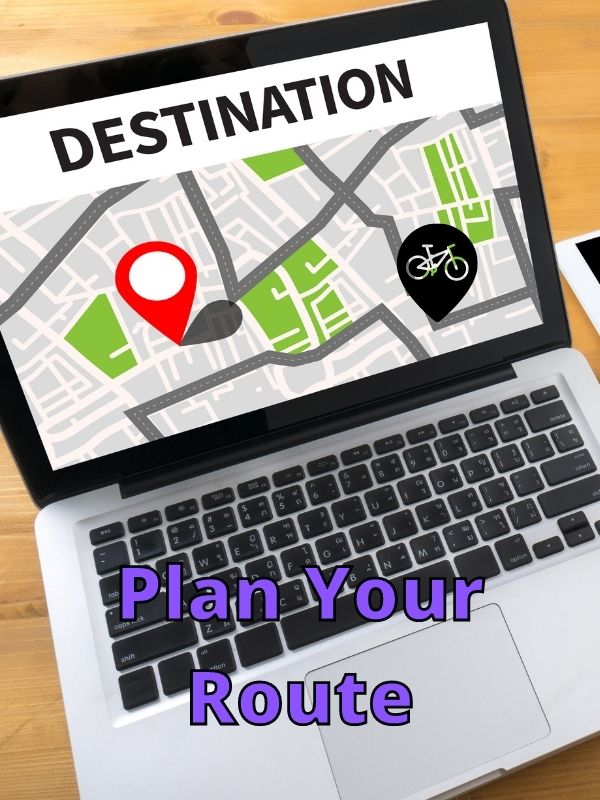
Roads with low traffic that are well lit are the safest paths to take. If you take the path at the same time each day you can get used to the normal amounts of traffic. You can study a path beforehand by driving it to determine how safe it is.
You can stay safer if you have a set path that you ride each night, this will give you some reassurances of safety. It’s always a good idea to ride a route that involves roads and turns that you know well. You’ll be familiar with the road and are less likely to make a mistake or be unsure of where you’re going.
As well as this, it’s also a good idea to choose a well-lit route, as it makes you more visible, but also gives you a better view of the roads you’ll be cycling on. If you’re trying a new route for the first time, check it out on Google Maps to see if it’s suitable for you before giving it a go.
2. Check Your Bike
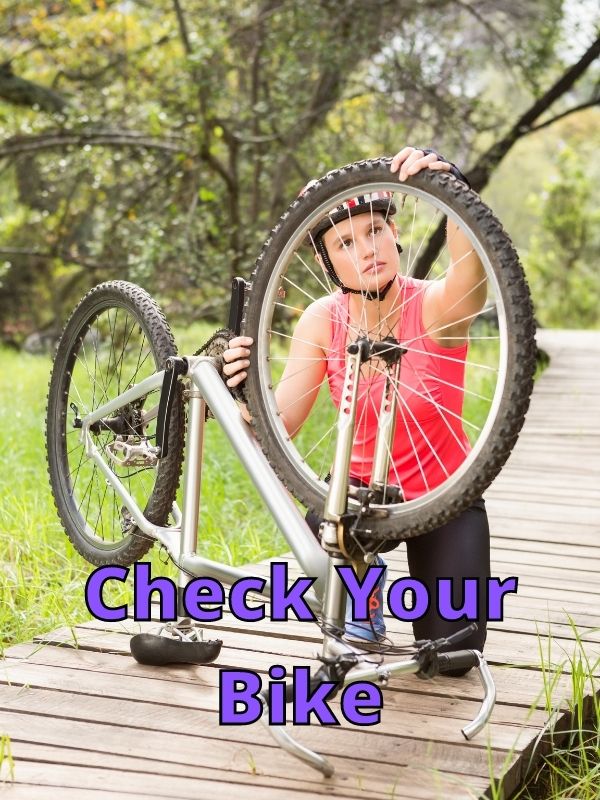
Even on brightly lit streets, drivers might not see you because of all the bright lights all around. You may need to go out of your way to draw attention to yourself and your bike with lots of reflective gear and lighting. On less lit roads you will stand out much brighter with all the lights and reflective gear.
So, the safest path to avoid an accident with a car is likely dimly lit roads where you have lots of reflective gear and lighting. Although, this may not be true in high traffic areas with dim streets if there are too many headlights shining onto drivers’ windshields.
It can be hard to see problems with your bike at night. Checking for flat tires, brake function, and shifter function are all very important for safety before you go out at night. Then you can rely on your bike to function well in all sorts of situations you might be in.
Regardless of how experienced you are, how long or short your trip is, or how good your bike is, you should always, check your bike for front and backlight functionality and make sure you have reflective pedals and wheels before a ride.
Make it part of your nightly riding routine to give all of the key parts and components a quick check, just to make sure they’re all working as they should. If you’re well prepareded this will ensure better safety during you’re ride.
3. Use Reflective Gear
AD
Sometimes a red light in the back of your bike a white light in the front are not enough. If you ride in the city you have to compete with street lights, business lights, and car head and tail lights. Sometimes you can’t see a bike.
If you use reflective gear, you can attract more attention and cars will be more likely to see you. The main challenge with cycling at night is lighting and movement. Lights help and movement is even better.
A flashing red light and even a flashing white light in the front (although drivers might find it too bright) can signal a bike if there. Using reflective gear in the pedals, wheels, and near your ankles can let drivers know you are there.
Sometimes drivers and pedestrians find it hard enough to spot cyclists during the day, so at night you have to take extra care to make sure you’re visible to all. Another way to get noticed is to use reflective and high-visibility clothing.
Many companies now produce bright yellow, orange, green, and even pink shirts and jackets that you can wear over your cycling gear. Some of these even reflect light back at headlights so it’s virtually impossible not to be seen.
For those who either don’t have the budget for this or simply don’t want to, there are other options such as reflective buckles, straps, tapes, and tags. You may have noticed a lot of sports gear is reflective as well. Whatever type of reflective material you use, just make sure you have enough of it to be visible from a good distance.
4. Follow the Rules of the Road
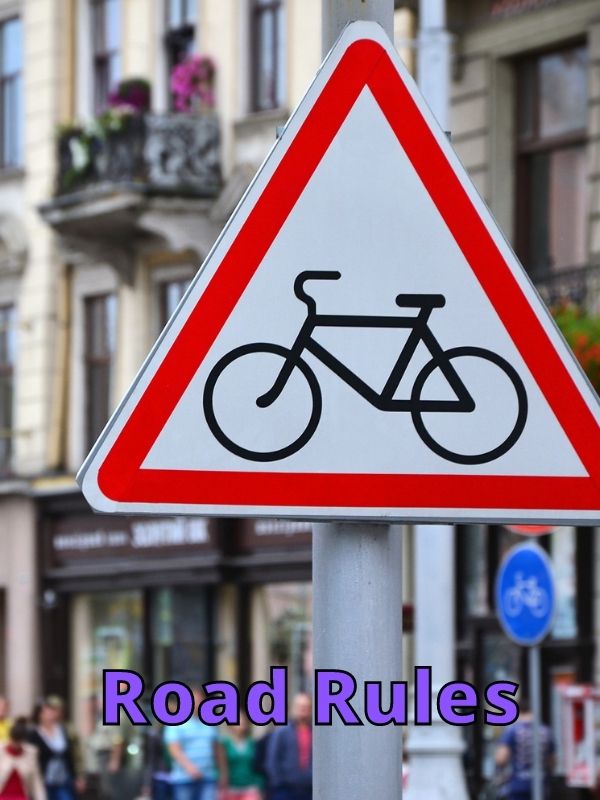
Regardless of when or where you’re riding, you should always follow the rules of the road – especially when visibility is low. Some might feel riding against traffic will help cars see them better, but this can confuse and possibly distract drivers too much. And it is illegal.
Driving with traffic at night to help prevent accidents and stay safer. When riding a bike, it’s advised to take routes that avoid heavy traffic, busy crossings or intersections, and lane changes, as this increases the risk of danger. Always stop at red lights or stop signs, even if no one is around.
5. Use Bike Lights
AD
When cycling at night, having good bike lights is just as – if not more – important as having reflective gear. Without bike lights at night on certain roads your almost impossible to see, and this doesn’t just endanger you but also endangers the people around you.
If a car has to swerve last minute to avoid you, who knows what the result could be? You should always have a bike light on the front and rear of your bike, like a car’s headlights, and these should be visible from at least 100 feet away.
In California, you are required to use light on your bike at night because you are more visible. Make sure these lights aren’t too bright or shine into drivers’ eyes. This could distract or blind drivers and cause accidents. It’s also a good idea to have a light on your helmet or vest.
Bike lights range in price, some starting from $5 for the pair, going all the way up to over $100. There’s no need to spend loads on them. If make sure they’re durable, have a decent battery life, and if you’re going to be riding in the rain make sure they’re waterproof too.
6. Focus on the Road
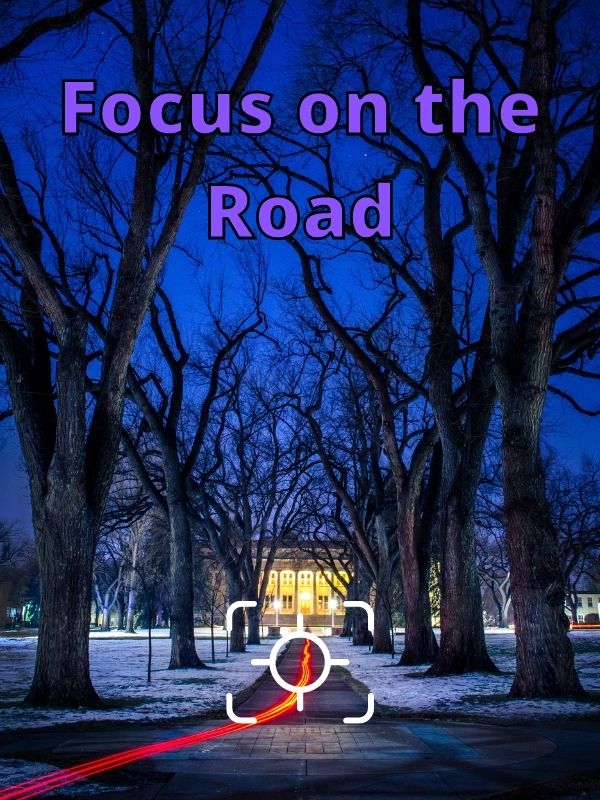
While driving at night there will be some obstacles you may not be able to see. You may encounter rocks, wet leaves, small animals, and slippery roads. Being observant when riding at night will help you avoid falling or hitting something on the road.
You can be more aware and focused when riding by avoiding listening to music and talking on the phone, wearing night driving glasses that reduce glare, and using good lighting.
In areas with heavy traffic pedestrian and car traffic, it is especially important to be fully aware when riding at night. Avoid riding when too tired, in bad weather, or when using substances.
Be vigilant of your surroundings, look around regularly, and keep your focus on the road ahead to watch for any bumps, dips, or obstacles on the road surface.
7. Don’t Go Too Fast
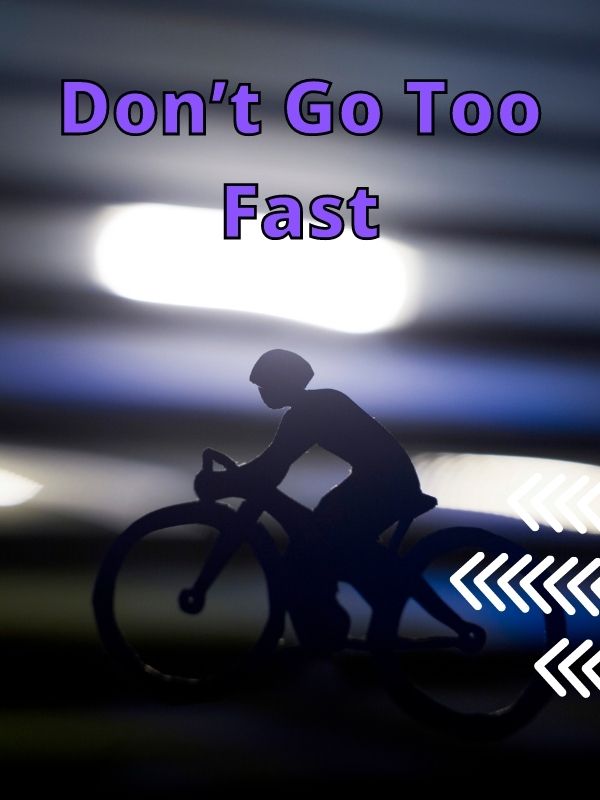
Extremely skilled cyclists may be able to go fast on the city streets, but no one should go fast in the city at night. Fast speeds and cars that can’t see you increase your likely hood of a crash.
It’s better to get home slowly and safely than going too fast and getting into an accident. Cycling at a fast pace should be reserved for empty well-lit pathways or daytime competitions. When cycling at night, speed shouldn’t be a priority.
Cycle at a slow and steady pace will help you avoid surprises. Drivers and pedestrians can better avoid you if they suddenly see you appear. This will also give you more control over the bike, and keep you better prepared for any unexpected obstacles or cars.
8. Cycle With A Friend
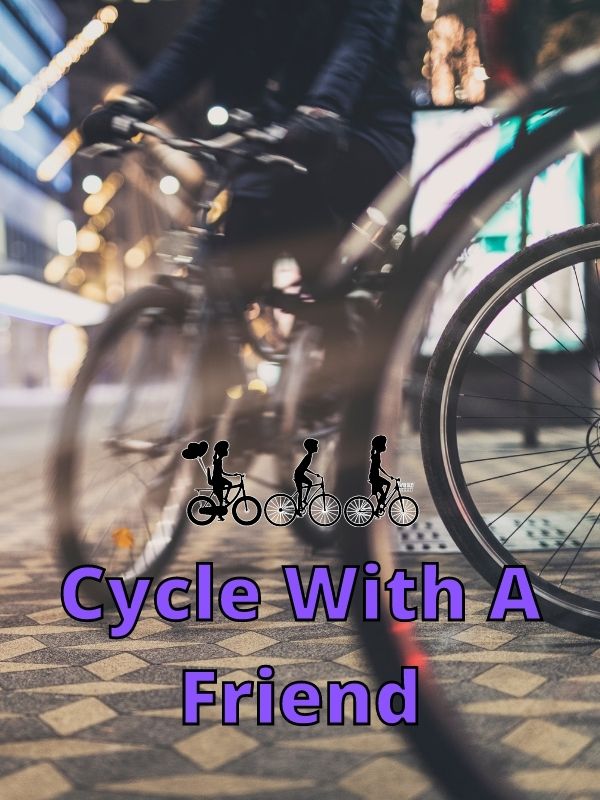
Cycling at night on your own isn’t always safe, but if you’re with a friend or a group, you’ve increased your chances of a safer experience. Not only does this give you someone to share the trip with, but it’s also another set of eyes and ears that can help you watch out for your surroundings.
The more lights that cars can see them better they can identify that bikes are on the road. A group will help alert cars to the presence of bikes so they can slow down or change lanes.
9. Be Aware of the Road Obstacles

Although hugging the curb allows cars to pass you easier, it may not be advisable at night. Obstacles in the road may be difficult to see such as leaves, empty bottles, food. These can end up under your tire before you see them and cause your tire to slip. You might also try to swerve to avoid them and go too far into traffic.
You should stay on bike paths and bike lanes whenever possible and plan to avoid heavy traffic areas.
When a road is narrow you should use the road just like a car does. Stay away from the curb and ride comfortably on the right side of the road. Be careful not to pull into fast-moving traffic. This could slow down traffic too fast and cause accidents.
Pull onto the road when you have plenty of room and traffic can slow down behind you slowly. This isn’t convenient for traffic but will be safer for everyone overall.
Remember that when there’s no opposing traffic, cars behind you can pass you and you should be fine continuing for short distances on narrower roads. If there are many cars behind you, pull over when safe and let the cars pass, and continue to ride on the road in a safe manner.
Keeping away from the curb allows cars to see you better as well for you to avoid obstacles, ensuring safety for all on the road.
10. Make Sure Your Confident
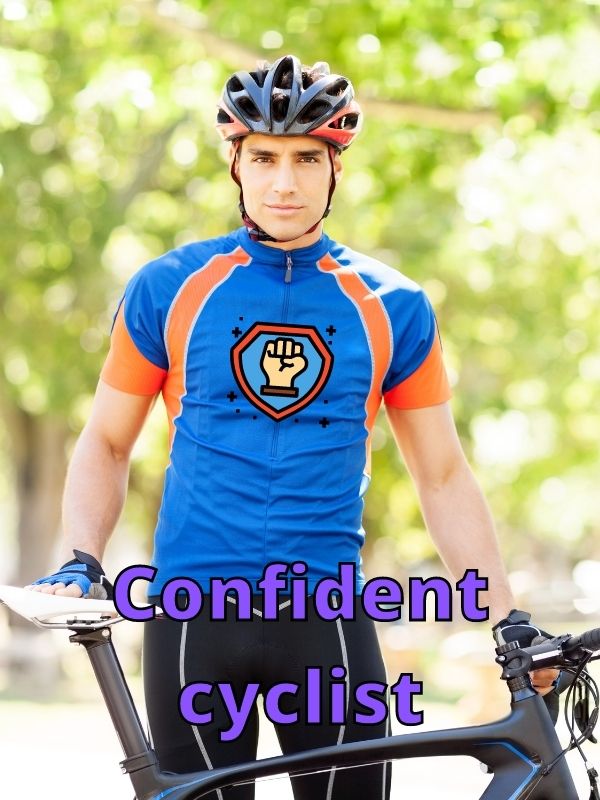
And last but not least… be sure of yourself. Although it’s not as safe to ride at night, being confident in your abilities can help you ride better and avoid close calls.
Cycling at night can be quite different from the daytime and if you’re scared you can lose control much easier. It may be best to find out your ability level before going out on city streets.
Go somewhere with empty roads and practice riding at night to get the feel for it. Then you can ease into riding on busier streets.
If riding roads at night isn’t for you, then you could try riding on an off-road trail. Feel the chill in the air, watch the stars from above, and embrace the natural world from a night perspective. Just soak in the change of scenery, and try to enjoy it as much as you can.
Final Thoughts
All in all, cycling at night is not as safe as in the daytime but is possible when following safe practices. I recommend using only roads designated for bicycle traffic or riding on roads that don’t have traffic on them.
It’s all depends on your circumstances. Just bear in mind that safety should be your main concern when riding at night. Remember, low traffic, highly visible roads, rider lighting, and reflective gear are some of the best ways to stay safe while riding at night.



